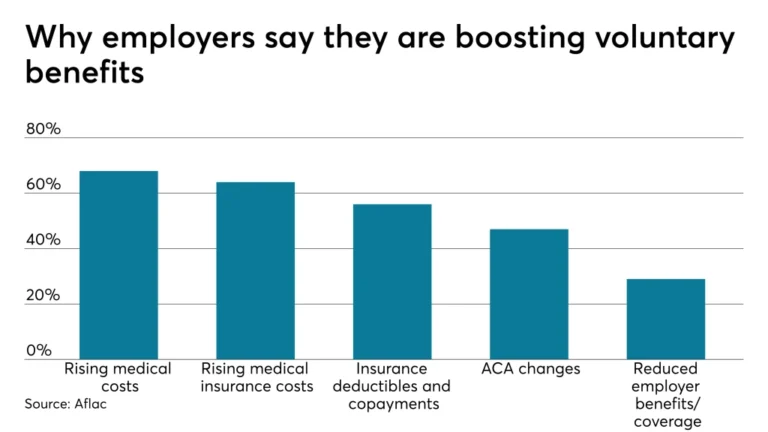
Research shows that benefits drive the attraction and retention of employees even more than compensation. When implemented the correct way, these perks can help draw diverse groups of workers. So if this is the case, why are so many packages not tailored to diversified workforces?
The short answer is because it’s easier to administer a one-size-fits-all plan. The burden of building customized plans means that packages are updated only once a year. As a result, modern workers needs go unmet, because life circumstances and coverage requirements can change at any given moment.
These packages need to go beyond baseline benefits such as medical, dental and vision. Employers should realize that adding more customized benefits could help the needle in the talent war.
For example, two new employees at opposite ends of the spectrum may require different kinds of benefits to meet their needs, but few packages are set up to accommodate these differences. While millennial workers may view offerings like pet insurance or tuition reimbursement as must-haves, these may not be relevant for everyone.
Blanketing all employees with the same benefits package risks failing to engage those prospects who have something amazing to bring to your business. An employee who has a baby mid-year, for example, might have to wait to get her life insurance adjusted or open a college fund because it’s not on the schedule.
But in some sectors, things are starting to change. Larger enterprise employers are now more likely to offer at least five kinds of benefits, including life insurance, pet insurance and disability coverage plus legal shield, identity protection, loan repayment, financial literacy and paid sabbaticals with more added all the time. We’re also seeing an uptick in new offerings such as workplace education and vacation planning or payment.
Now the same approach needs to be adopted in the mid-market. Employers need to make a concerted effort to understand their workforce. To learn and drive benefits package curation consider a survey or evaluation exercise. HR leaders should also institute more frequent touchpoints, for example every quarter, to assess the utilization rates of a benefits package.
Looking ahead, the workplace of the future will become even more diverse. As more workers continue to choose to work remotely, companies will need to accept hiring talent outside of the U.S. Which also means hiring managers will have to address perks and benefits that may fall outside of a company’s home state, or even satisfy alternative healthcare or benefits packages in countries with different requirements altogether.
Every employee’s situation is different and the industry needs to be ready to offer benefits and workplace perks that match key talent’s most important needs.